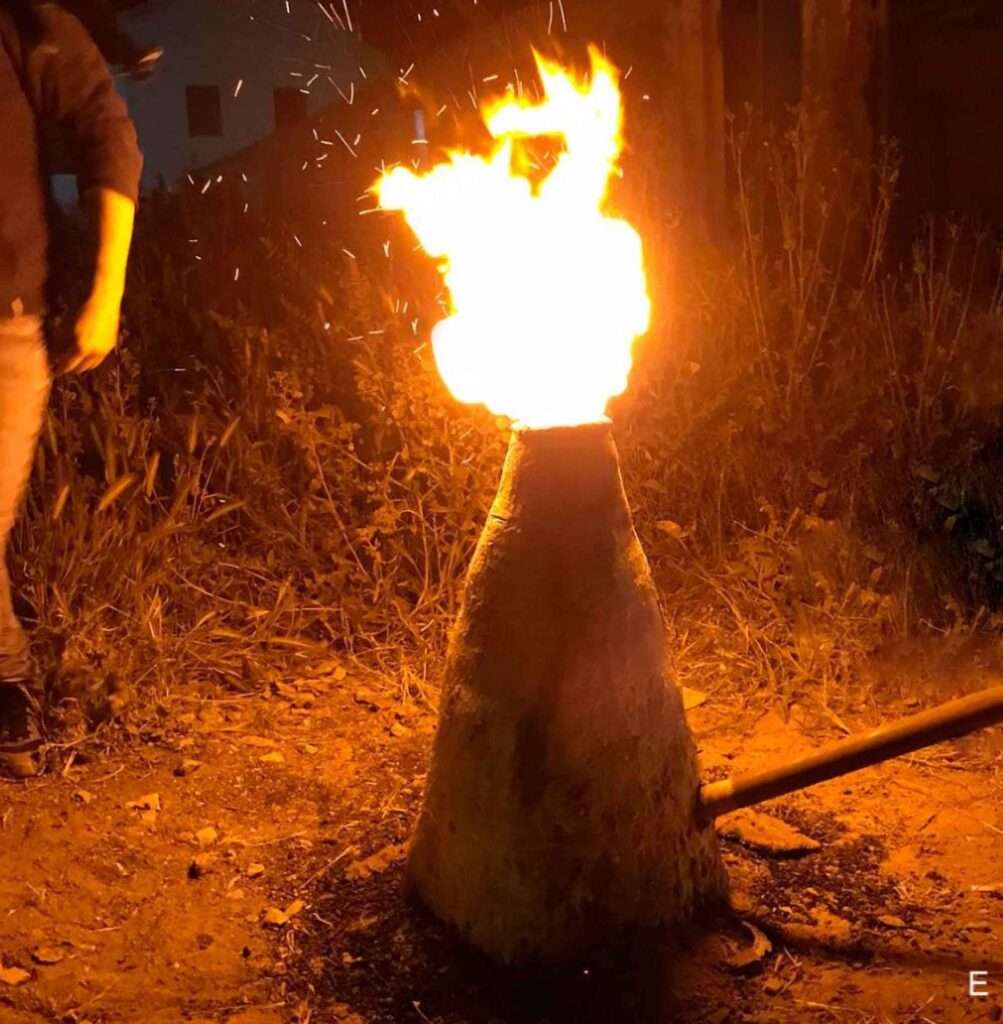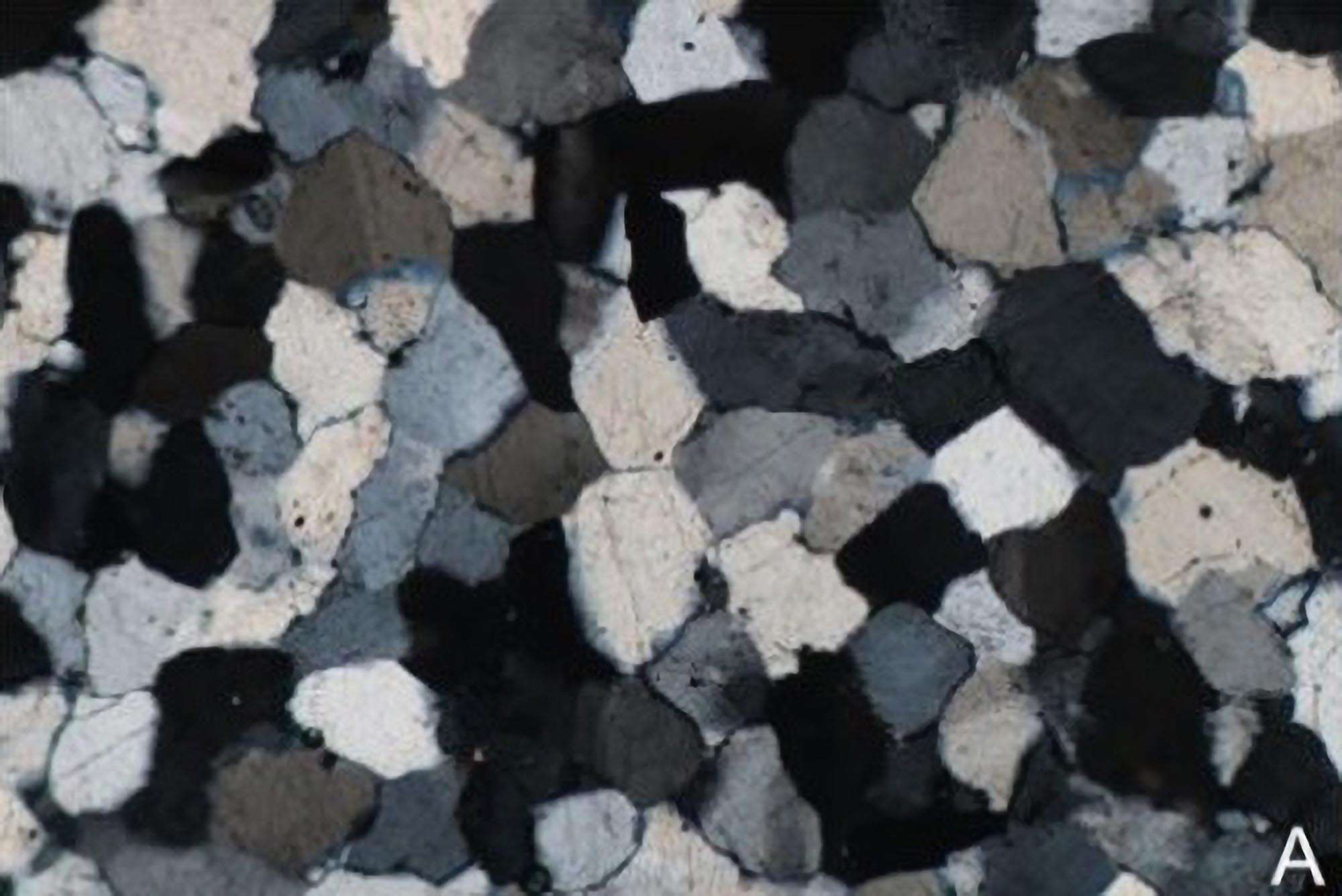New research by German scientists has revealed that Europeans already used steel tools nearly 3,000 years ago.
The groundbreaking discovery was made after scientists from the University of Freiburg analysed Final Bronze Age stone slabs featuring complex engravings from the Iberian peninsula in Spain.
They were reportedly stunned when they figured out that these inscriptions could only have been done using tempered steel.
The study reportedly outthrew previous research that assumed that suitable quality steel production began in the Early Iron Age, and that it was widespread on the continent only under the Roman Empire.

For the research, the team led by Dr Ralph Araque Gonzales from the Faculty of Humanities at the University of Freiburg analysed the geological composition of stelae from the Iberian peninsula.
Stelae or stone or wooden slabs, represent ancient world monuments which were often inscribed with text, carved in relief or painted.
This led them to discover that a significant number of stelae was not made of quartzite as previously thought, but silicate quartz sandstone instead.
Gonzalez said in a statement obtained by Newsflash: “Just like quartzite, this is an extremely hard rock that cannot be worked with bronze or stone tools, but only with tempered steel.”
The scientists then used geochemical evaluations, followed by metallographic analyses of a 2,900-year-old iron chisel from the area of Rocha do Vigio, in Portugal.

The results confirmed the necessary carbon content to be proper steel, which in turn showed that Iberian stonemasons from the Final Bronze Age were suitably equipped.
Moreover, the boffins found out that the chisel consisted of heterogeneous yet astonishingly carbon-rich steel.
To confirm their findings, they also carried out an experiment involving a professional stonemason, a blacksmith and a bronze caster, and attempted to work the rock that the stelae were made of using chisels of different materials.
Accordingly, the stonemason could not style the stone with either the stone or the bronze chisels, or even using an iron chisel with an untampered blade.
Araque Gonzalez concluded: “The people of the Final Bronze Age in Iberia were capable of tempering steel. Otherwise, they would not have been able to work the stelae.”
The study was published in the monthly peer-reviewed academic journal Journal of Archaeological Science in February 2023.

The Ananova page is created by and dedicated to professional, independent freelance journalists. It is a place for us to showcase our work. When our news is sold to our media partners, we will include the link here.




